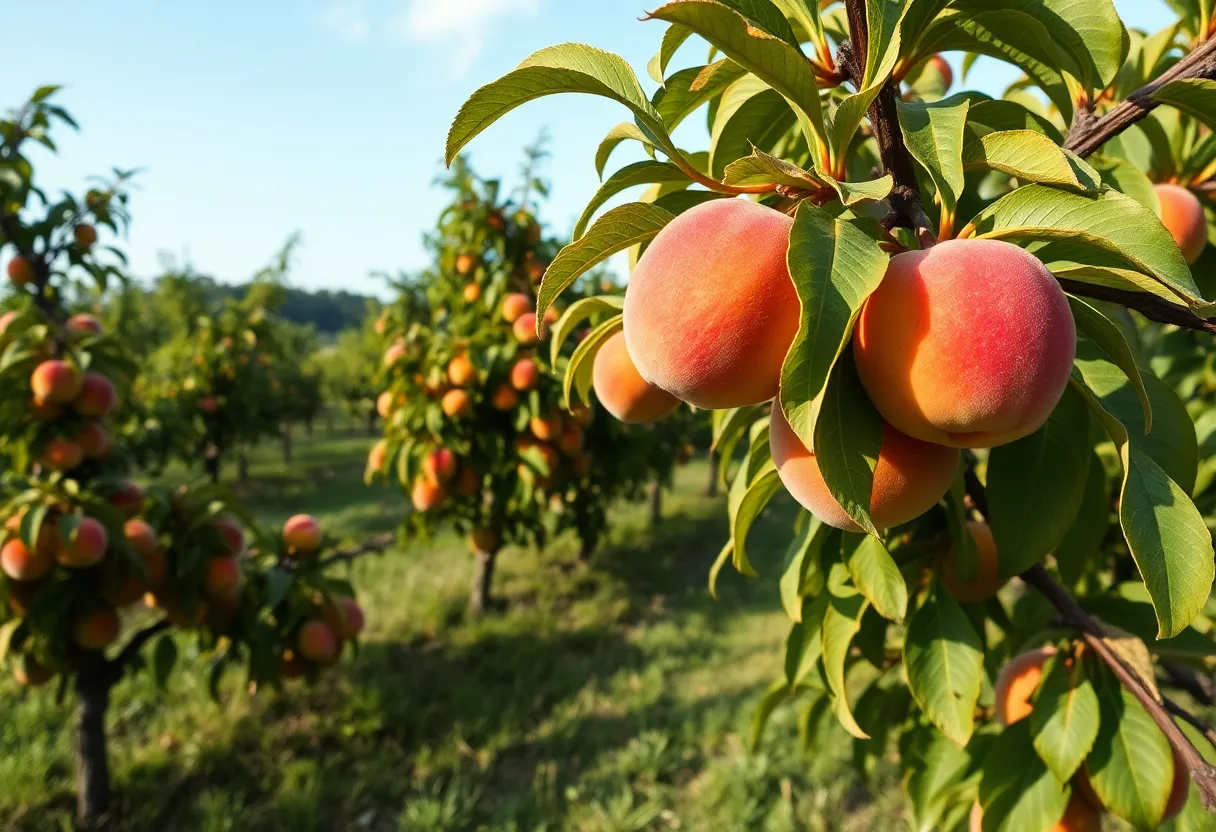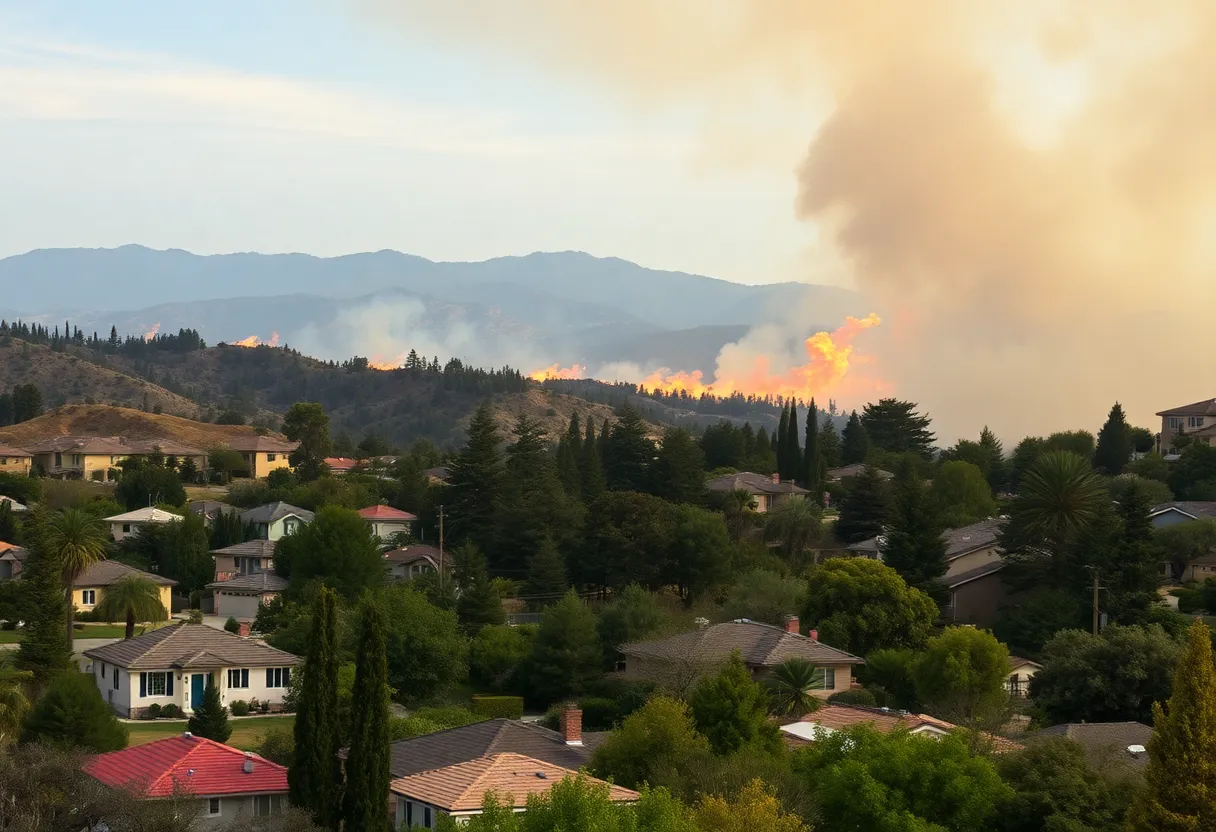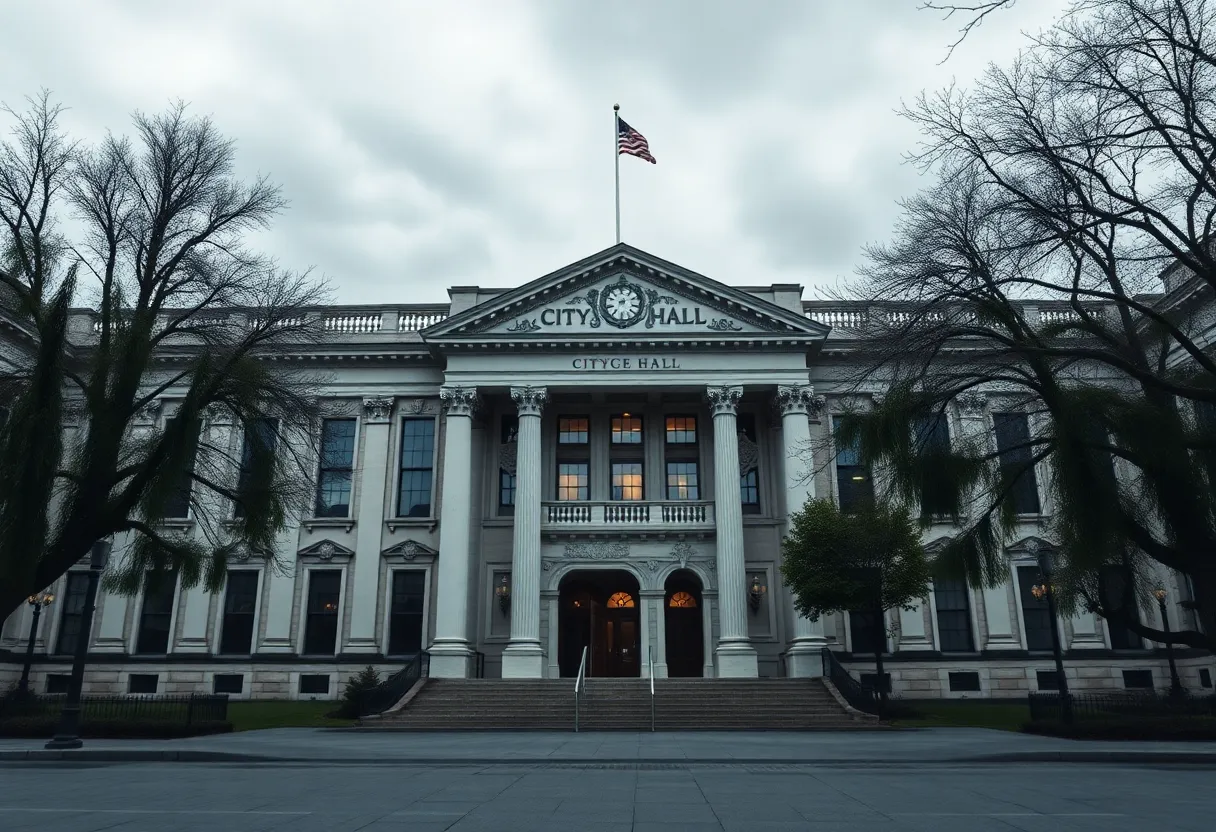News Summary
Peach harvests in California and South Carolina are facing significant declines attributed to climate change. In California, the Masumoto Family Farm reports a 30% drop due to warmer winters, affecting the trees’ growth cycles. Similarly, South Carolina saw 70% of its peach harvest destroyed by a late freeze. These challenges have led to increased consumer prices for peaches and pose economic threats to communities relying on peach farming. Both states are exploring sustainable practices and protective measures to combat these ongoing climate impacts.
California and South Carolina are facing significant declines in peach harvests this year, primarily attributed to the impacts of climate change. In California, the Masumoto Family Farm, located in the Central Valley, reported a 30% decrease in their peach harvests. This decline is largely due to warmer winters, which have disrupted the essential sleep cycles of the peach trees, affecting their nutrient regulation. Farmers like Mas Masumoto, who rely heavily on a 12-week peach harvest for their income, are now facing economic pressures due to these climate changes.
Warmer temperatures have impacted the amount of chill hours that trees experience, which are necessary for proper growth and fruit production. Peach trees typically need a certain number of hours under 45 degrees Fahrenheit to “sleep,” ensuring that they can store carbohydrates in their roots. The last winter’s inconsistent temperatures, including many warmer days, have also affected other stone fruits like plums, apricots, and cherries, resulting in some growers having no crop at all.
As a consequence of these climatic changes, consumers are now encountering higher prices for peaches. Yellow peaches have seen an increase of 23 cents per pound, while white peaches are up by 17 cents per pound. Despite these challenges, the Masumoto family has managed to maintain production levels through the utilization of their older groves and traditional irrigation methods. They employ furrow irrigation, which enhances soil health, contrasting with the modern drip irrigation systems that focus solely on individual plants. They continue to pack and ship an impressive 10,000 pieces of fruit daily.
South Carolina peach growers are not exempt from the climate difficulties either. A late freeze has resulted in approximately 70% of the harvest being destroyed. Furthermore, reports from Georgia indicate that the peach crop loss is even more severe there, with only 5% of its peaches remaining viable due to similar conditions. Peach farming is inherently labor-intensive and sensitive to weather fluctuations, making it a particularly risky endeavor when compared to other crops. The ongoing uncertainty surrounding harvests has prompted farmers to adopt various strategies to safeguard against potential losses, including obtaining crop insurance and investing in protective measures such as wind machines and burning straw.
The warmer winter and reduced chill hours have led to early blooming of peach trees, significantly affecting the timing of this season’s harvest. Agriculture experts remain cautiously optimistic about the industry’s future, attributing some hope to advancements in peach varieties that require fewer chill hours. Historically, Georgia held the title for producing the largest share of peaches until South Carolina overtook it. However, both states are experiencing ongoing difficulties, including new threats to peach cultivation such as the reemergence of phony peach disease (PPD), which adversely affects the quality and yield of fresh peaches.
The economic implications of these harvest declines are profound. Peach farming plays a substantial role in the communities it serves. In South Carolina, for instance, a total of 15,500 acres dedicated to peach production generate over $98 million annually. This figure underscores the fruit’s significance not only to the agricultural sector but also to the regional identity and economy. As awareness grows regarding the challenges facing peach farmers, there may be increased support for sustainable practices and adaptation strategies to help the industry endure and thrive despite tumultuous climate changes.
Deeper Dive: News & Info About This Topic
- CBS News: California Peach Harvests
- Wikipedia: Peach
- The Guardian: Peach Harvest in the Southern US
- Google Search: Peach Climate Change
- New York Times: Peaches and Climate Change
- Google Scholar: Peach Harvest Climate Change
- Fox Weather: Peach Production and Weather
- Encyclopedia Britannica: Peach Harvest

Author: Anaheim Staff Writer
The Anaheim Staff Writer represents the experienced team at HEREAnaheim.com, your go-to source for actionable local news and information in Anaheim, Orange County, and beyond. Specializing in "news you can use," we cover essential topics like product reviews for personal and business needs, local business directories, politics, real estate trends, neighborhood insights, and state news affecting the area—with deep expertise drawn from years of dedicated reporting and strong community input, including local press releases and business updates. We deliver top reporting on high-value events such as major conventions at the Anaheim Convention Center, including NAMM and VidCon, exciting games at Angel Stadium and Honda Center, and developments at Disneyland Resort Our coverage extends to key organizations like the Anaheim Chamber of Commerce and Visit Anaheim, plus leading businesses in hospitality, entertainment, and innovation that power the local economy As part of the broader HERE network, including HERECostaMesa.com, HEREHuntingtonBeach.com, HERESantaAna.com, and HERELosAngeles.com, we provide comprehensive, credible insights into Southern California's dynamic landscape.




